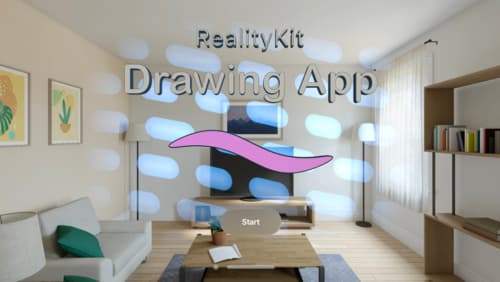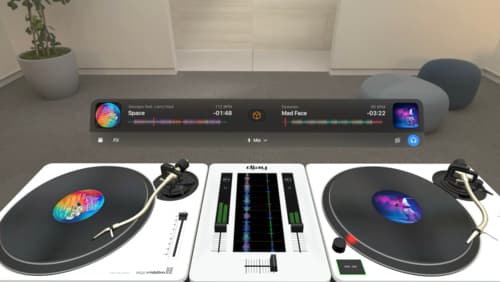how do I improve smoothness of my app?
Asked on 2024-07-30
1 search
To improve the smoothness of your app, you can focus on reducing friction and optimizing performance. Here are some key points from various WWDC sessions that can help:
-
Reduce Friction:
- App Intents: Use App Intents to bring your app's core features closer to users, reducing the need for them to switch between apps. This can help maintain a smooth flow and reduce friction. For more details, you can refer to the session Bring your app’s core features to users with App Intents.
- Widgets and Controls: Allow users to add widgets and controls to their home screen or control center, making important actions from your app easily accessible. This personalization can enhance the user experience and keep the app usage fluid (Bring your app’s core features to users with App Intents).
-
Optimize Performance:
- 3D Assets: If your app involves 3D assets, ensure you optimize them for spatial computing. This includes managing polygon count, efficient texture use, and optimizing materials. For example, keep the polygon count to no more than 500,000 triangles for better performance (Optimize your 3D assets for spatial computing).
- Rendering and Performance: For apps on Vision Pro, consider the GPU workload and optimize accordingly. Non-immersive scenes may render faster than immersive ones, so test early and often to find performance bottlenecks (Optimize your 3D assets for spatial computing).
-
Responsive UI:
- CarPlay: Ensure your app's UI is responsive and updates in real-time to user interactions. Delayed responses can disrupt the smoothness of the experience (Meet the next generation of CarPlay architecture).
-
Design Considerations:
- Hover Effects: In VisionOS, use hover effects to provide visual feedback and make interactions more intuitive. Ensure interactive elements have sufficient tap targets to avoid frustration (Design great visionOS apps).
By focusing on these areas, you can significantly improve the smoothness and overall user experience of your app. For more detailed guidance, you can explore the following sessions:

Build a spatial drawing app with RealityKit
Harness the power of RealityKit through the process of building a spatial drawing app. As you create an eye-catching spatial experience that integrates RealityKit with ARKit and SwiftUI, you’ll explore how resources work in RealityKit and how to use features like low-level mesh and texture APIs to achieve fast updates of the users’ brush strokes.

Design great visionOS apps
Find out how to create compelling spatial computing apps by embracing immersion, designing for eyes and hands, and taking advantage of depth, scale, and space. We’ll share several examples of great visionOS apps and explore how their designers approached creating new experiences for the platform.

Optimize your 3D assets for spatial computing
Dive into an end-to-end workflow for optimized 3D asset creation. Discover best practices for optimizing meshes, materials, and textures in your digital content creation tool. Learn how to harness shader graph, baking, and material instances to enhance your 3D scene while optimizing performance. Take advantage of native tools to work more effectively with your assets and improve your app’s performance.
